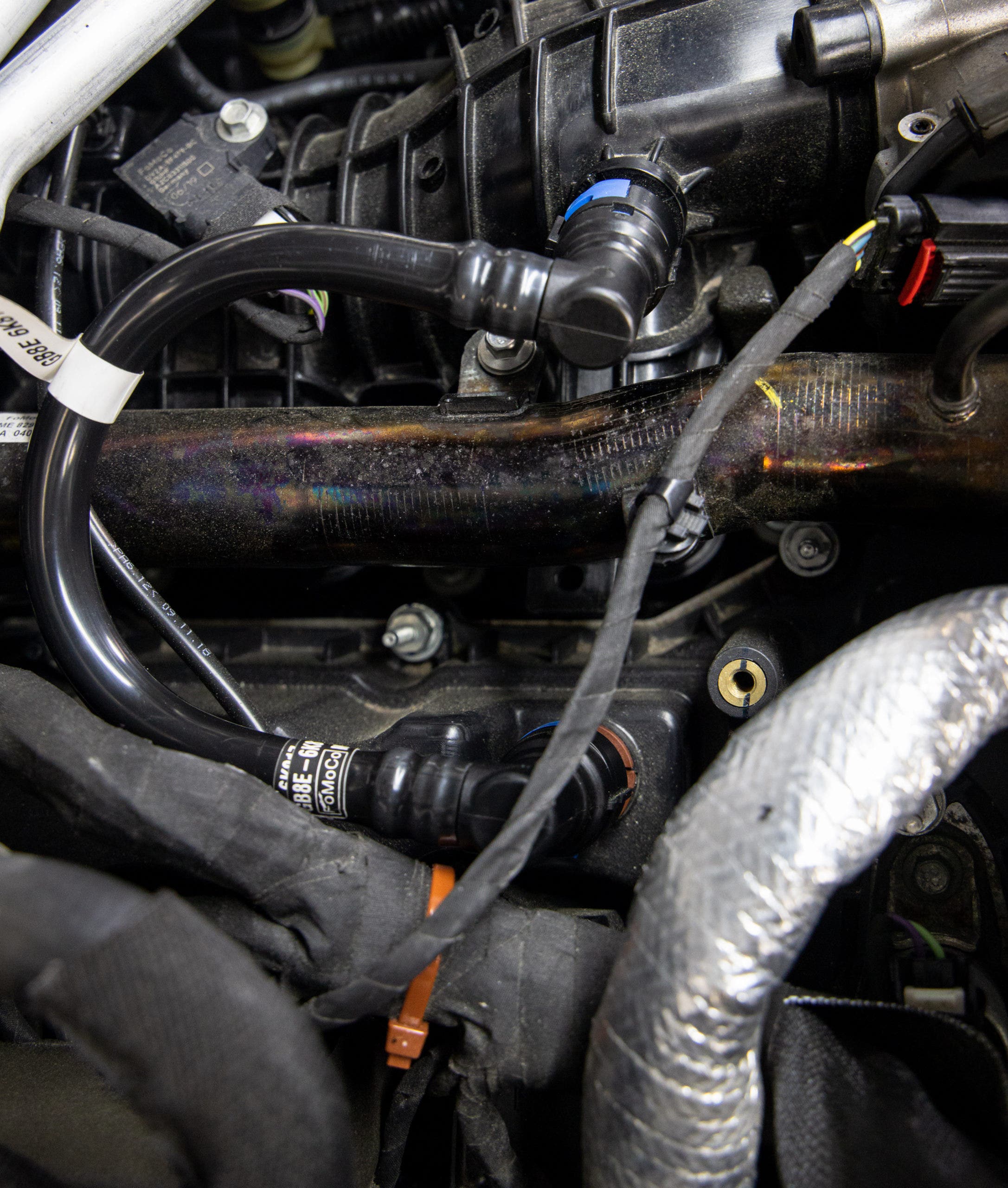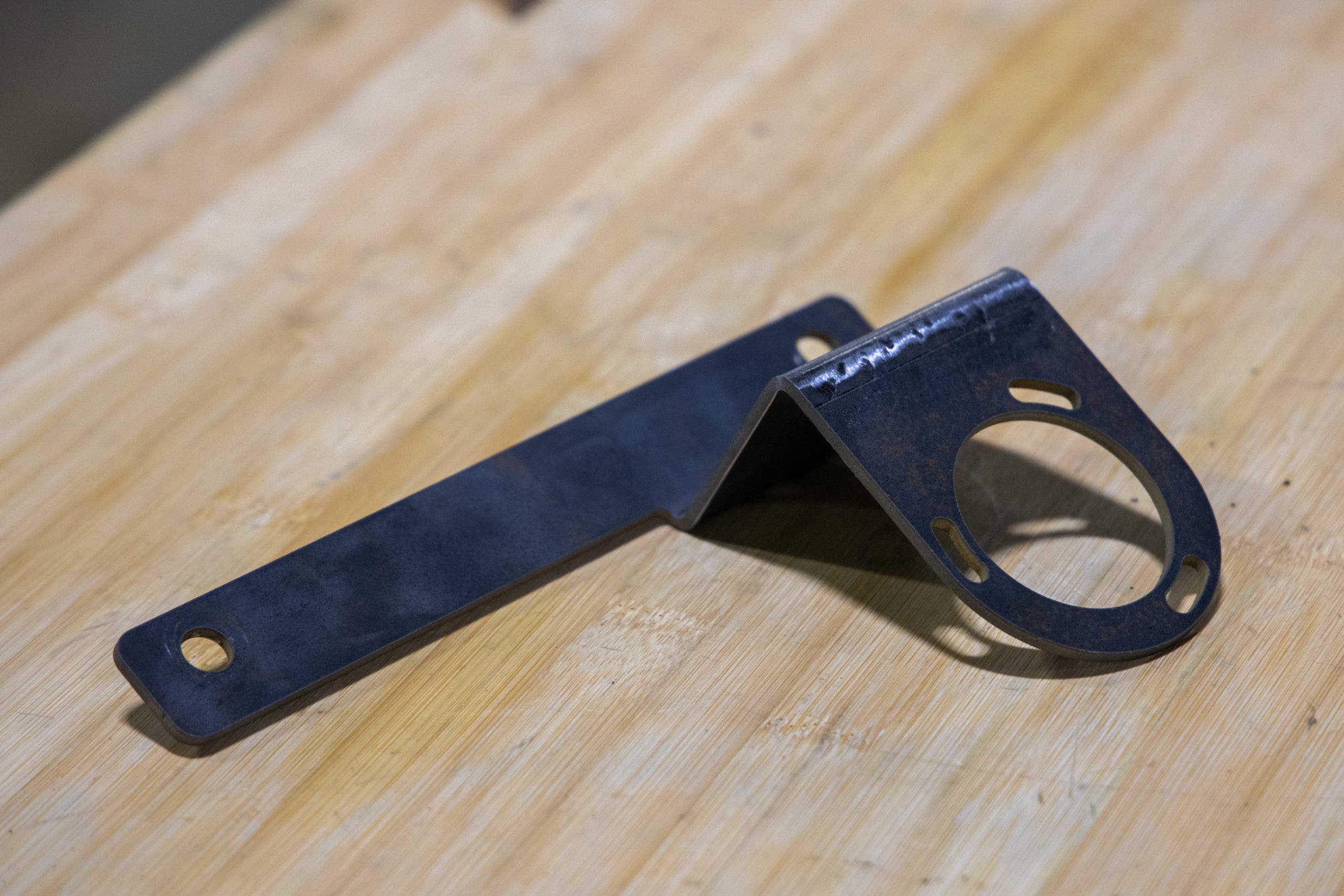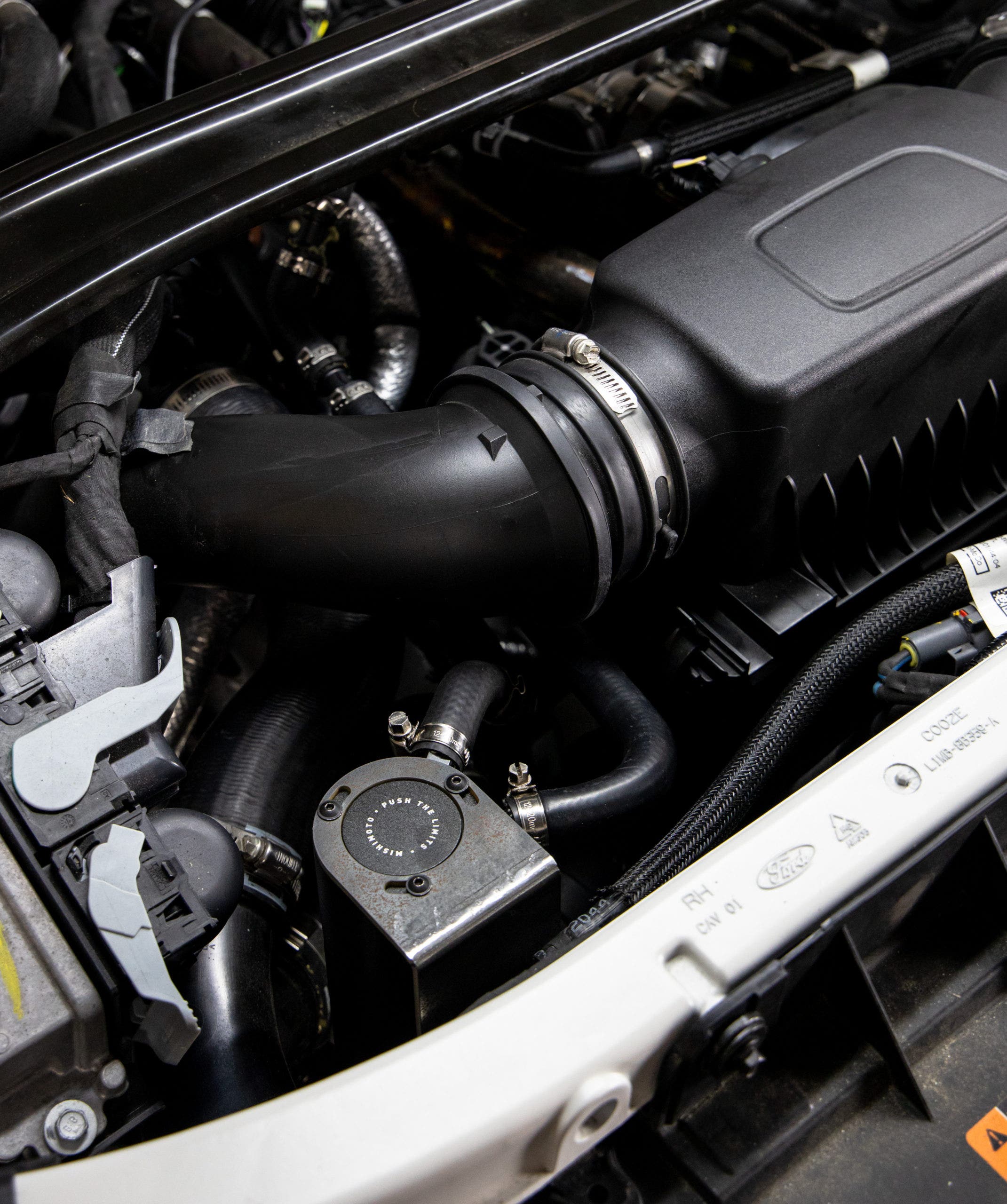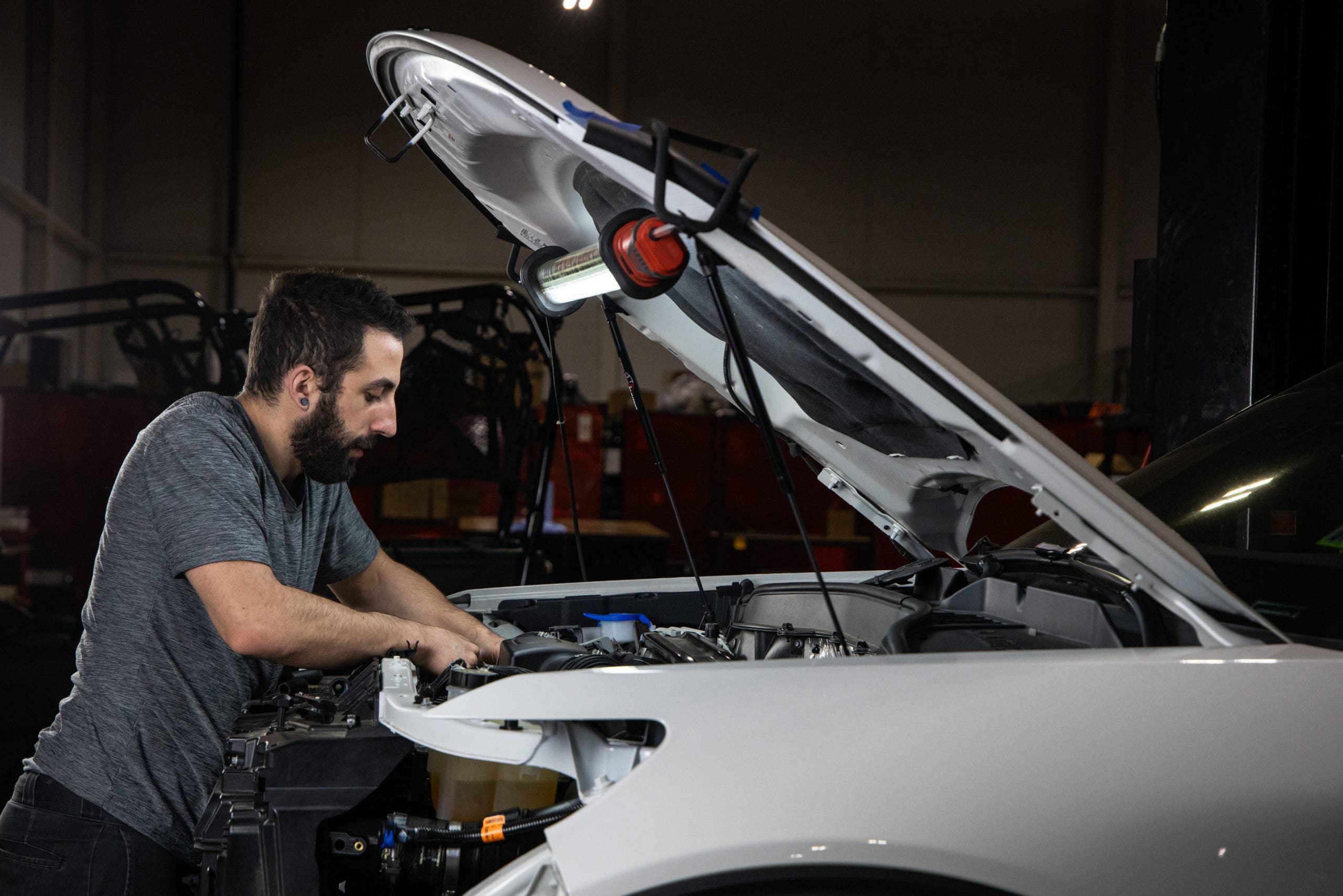
Soul Transplant - Baffled OIl Catch Can R&D, Part 1 - Stock Review and Prototyping
The news of the departing Ford hatchbacks left a hole in many enthusiast's hearts. For us here in the States, that means no more compact speed demons, finished with bulging bucket seats and manual gearboxes. The balance of power and practicality bearing the blue oval is gone. Or is it?
Enter the Explorer ST. Ford didn't delete the ST line. They just matured it a bit and crammed the essence of a hot hatchback into a full-sized, family-friendly SUV. It's a combination that shouldn't work, but the 400 hp and surprisingly nimble handling is sure to fill the void left by the hot-hatches departure.

No matter the vehicle segment, however, any and all internal combustion engines suffer from the same nasty side-effect - blow-by, Explorer ST included. To put it simply, blow-by is when oil and fuel droplets are mixed in with recycled crankcase pressure. Some combustion gasses make their way past the piston rings during the power stroke and pressurize the crankcase. In the olden days, this pressure was relieved by venting to the atmosphere, which spewed harmful emissions, not to mention slick oil on the roads. Now, though, this pressure is routed and recycled through the intake via the positive crankcase ventilation (PCV) system, fuel, and oil, and all. The blow-by mixture will collect on the engine's intake components, specifically the intake valves, resulting in sticky carbon buildup, which detracts from the sport part of your sport utility vehicle. For a more in-depth look at blow-by, make sure you check out our full tech article: Blow-By 101: What is Blow-By and How to Keep it from Ruining your Engine

The easiest means of mitigating the issue of blow-by is with a catch can. Our catch cans mount in line with the PCV system and separate the blow-by from the air running through the system. The sudden addition of volume, combined with an internal baffle, allows the fuel and oil vapors to condense and collect in the bottom of the can rather than on the EcoBoost's intake valves. For a last line of defense, we also incorporate a bronze filter in our cans that trap any rogue droplets still looking to stick on the intake components.
The 3.0 is a relatively new addition to the EcoBoost lineup, but given that it derives from the 2.7L, we already know there will be plenty of blow-by. Now, we just need to fit our can to the Explorer's system, starting with a mounting location.

For being a full-size SUV, the 3.0L feels cramped in the engine bay. Ford did abstain from including a full engine cover, which provided us with a full view of our options. Ultimately, we opted for mounting our can right to the upper radiator support. This location gives us better access to the PCV ports and means fewer busted knuckles when servicing your can. This location also means ample room to fit our tall 7.5oz can. Given our experience with these V6 EcoBoost engines, we're ready for a large blow-by collection but hope that this application doesn't end up requiring a tall can.

With the prototype completed, we sent our donor Explorer ST out into the wild for a 1000 mile test interval. We conduct this test with every catch can kit to satisfy two requirements. First, we need to ensure that the addition of our kit doesn't set off any unwanted check engine lights. The second is to gauge how much our kit will collect to determine a recommended service interval. While the donor vehicle completes the testing, our engineer, Mitch, finishes the final design. We'll see you back here once the Explorer returns!

Thanks for Reading!
-Nick




